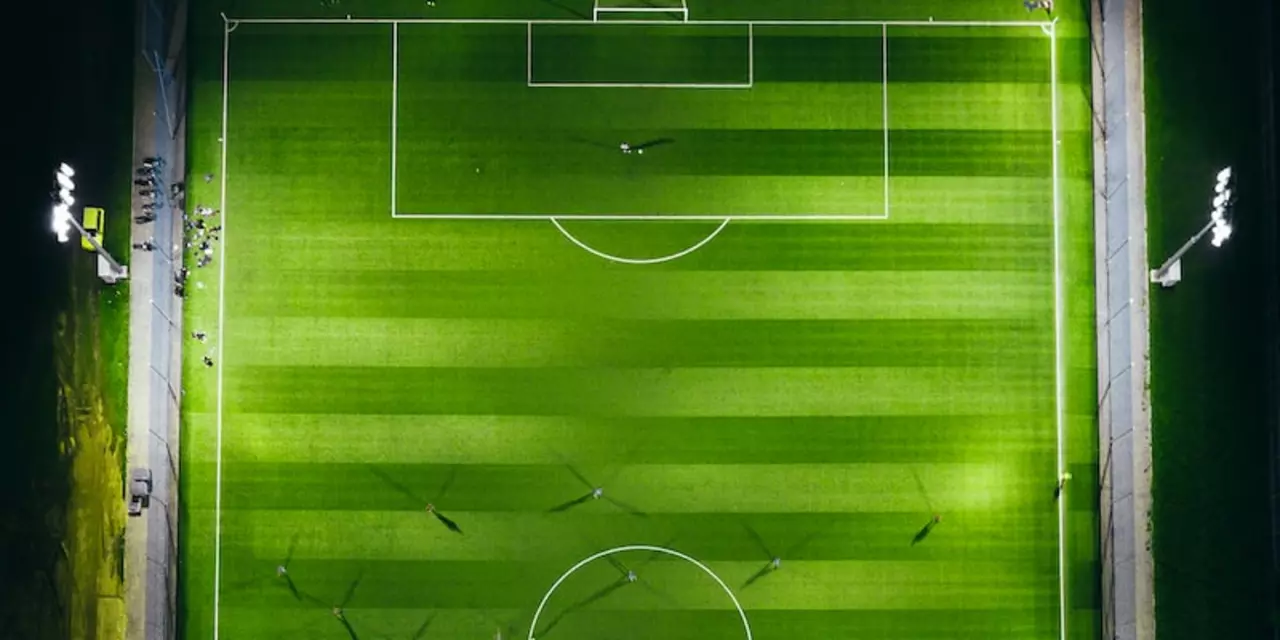Inequality in Soccer – Why It Matters and How to Fix It
Ever notice how some clubs have fancy training grounds while others scrape by with a patch of grass? That’s inequality in soccer, and it shows up in many ways – money, coaching, gear, even the chance to be seen by scouts. It’s not just a big‑league problem; it hits local parks, school teams, and backyard games too.
When resources are uneven, talent gets wasted. A kid with raw speed might never learn proper technique because there’s no qualified coach nearby. Meanwhile, a well‑funded academy can polish a player’s skills and push them straight to the pros. That gap creates a cycle where the rich keep getting richer and the rest stay stuck.
How Inequality Affects Players on the Field
First up, training quality. Teams with modern equipment and full‑time coaches can run drills that improve speed, vision, and decision‑making. Less‑funded squads often rely on volunteers who may not know the latest tactics. The result? Players from poorer clubs can lag behind in game intelligence, not because they’re less talented, but because they’ve missed out on structured learning.
Second, exposure. Scouts and recruiters focus on leagues with high visibility. If you’re playing in a tiny regional league, chances are you’ll get fewer eyes on you. That means even a standout player could be overlooked simply because he doesn’t wear a big‑club badge.
Practical Steps to Reduce Soccer Inequality
One easy win is sharing resources. Local clubs can pool equipment, rent fields together, or invite a qualified coach to run joint sessions. Community fundraising events, like charity matches, often raise enough money for a few extra balls or training kits.
Another tip is mentorship. Experienced players can volunteer a few hours a week to teach younger kids basic skills. This not only improves technique but also builds confidence and a love for the game.
Schools also play a big role. By offering free after‑school soccer programs, they give all kids, regardless of background, a chance to play. Partnerships between schools and local clubs can create pathways for talented players to move up.
Finally, use technology. Simple video analysis apps let coaches give feedback without expensive gear. Players can record a drill on their phone and review it later, narrowing the gap between high‑tech and low‑tech environments.
Bottom line: inequality in soccer isn’t just about money; it’s about missed chances, uneven skill growth, and a lack of visibility. By sharing resources, mentoring, supporting school programs, and embracing affordable tech, we can give every player a fair shot at improvement and recognition. The game becomes richer when talent, not budget, decides who shines.
